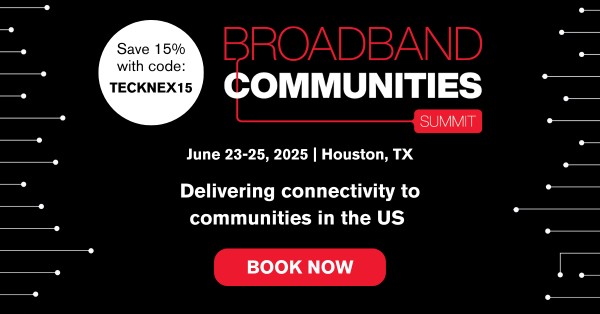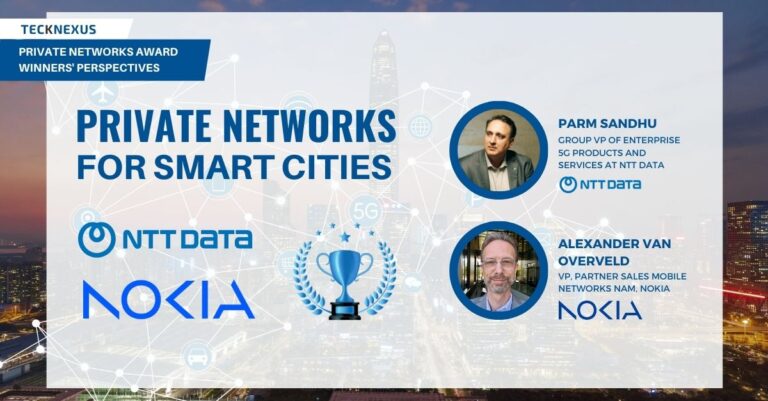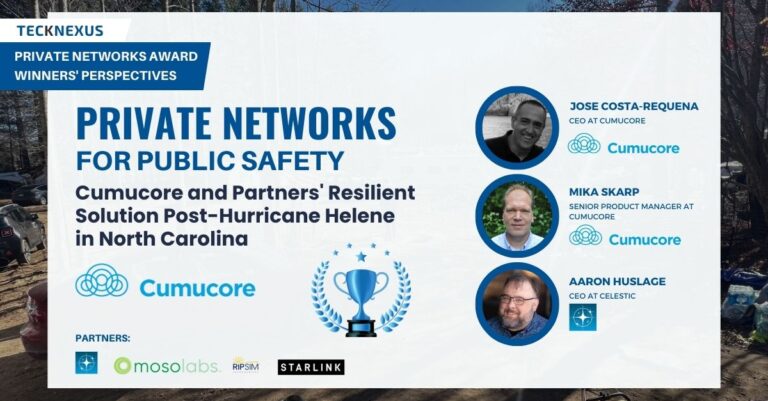- Tech News & Insight
- June 2, 2025
- Hema Kadia
A new ACA Connects-backed study warns that state broadband price regulations could cut ISP investment by up to 41%, disproportionately impacting smaller providers. With the ACP ending, states like New York and California are proposing $15/month plans, but critics argue these caps could stall rural broadband expansion and force higher prices elsewhere.




























